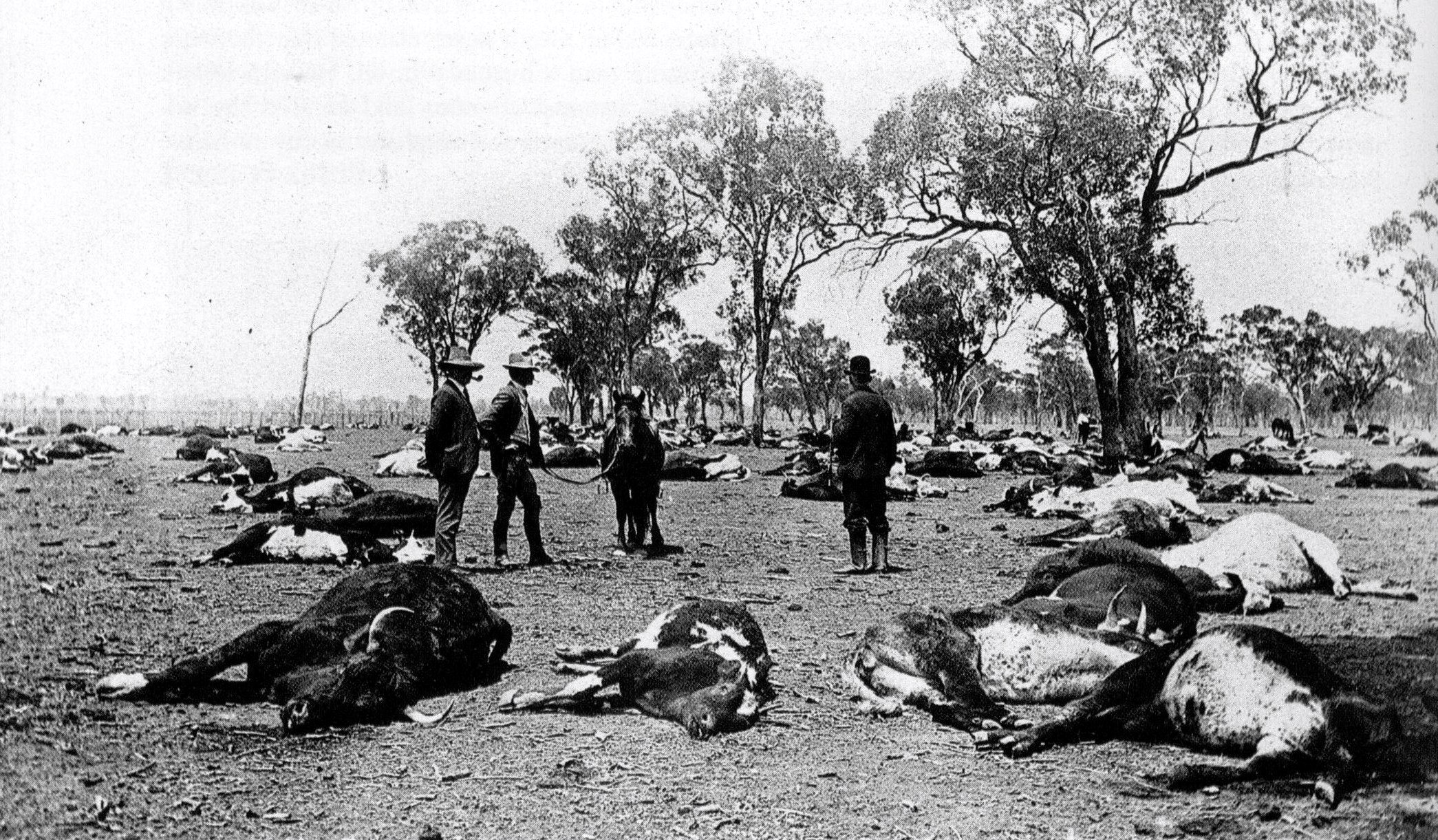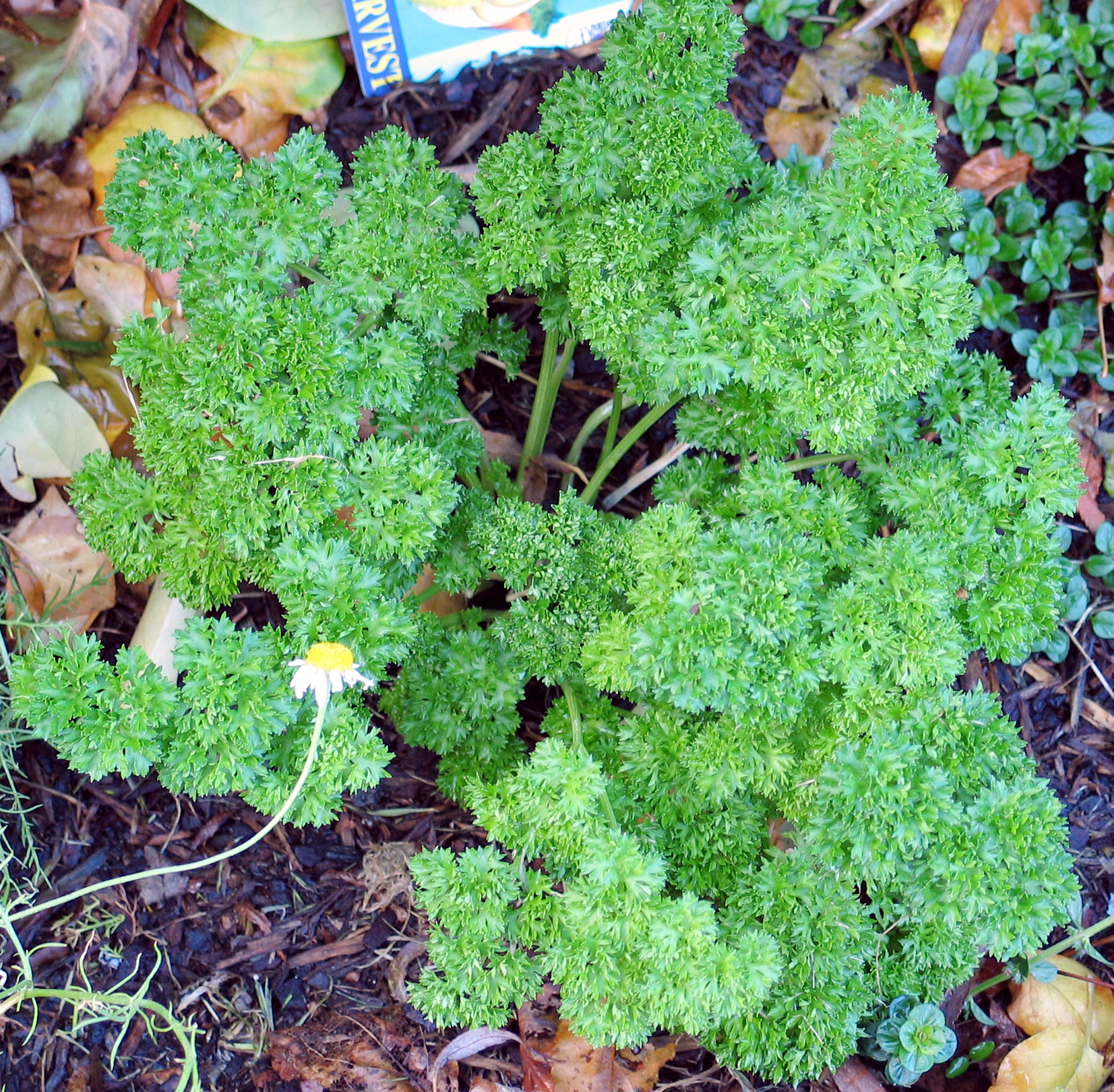|
Cicuta
''Cicuta'', commonly known as water hemlock, is a genus of four species of highly poisonous plants in the family Apiaceae. They are perennial herbaceous plants which grow up to tall, having distinctive small green or white flowers arranged in an umbrella shape (umbel). Plants in this genus may also be referred to as cowbane or poison parsnip. ''Cicuta'' is native to temperate regions of the Northern Hemisphere, mainly North America and Europe, typically growing in wet meadows, along streambanks and other wet and marshy areas. These plants bear a close resemblance to other members in the family Apiaceae and may be confused with a number of edible or poisonous plants. The common name hemlock may also be confused with poison hemlock (''Conium maculatum''), or with the Hemlock tree. Water hemlock is considered one of North America's most toxic plants, being highly poisonous to humans. Three members of the genus contain a toxin named cicutoxin which causes central nervous system sti ... [...More Info...] [...Related Items...] OR: [Wikipedia] [Google] [Baidu] [Amazon] |
Cicutoxin
Cicutoxin is a naturally-occurring poisonous chemical compound produced by several plants from the family Apiaceae including water hemlock ('' Cicuta'' species) and water dropwort (''Oenanthe crocata''). The compound contains polyene, polyyne, and alcohol functional groups and is a structural isomer of oenanthotoxin, also found in water dropwort. Both of these belong to the C17-polyacetylenes chemical class. It causes death by respiratory paralysis resulting from disruption of the central nervous system. It is a potent, noncompetitive antagonist of the gamma-aminobutyric acid (GABA) receptor. In humans, cicutoxin rapidly produces symptoms of nausea, emesis and abdominal pain, typically within 60 minutes of ingestion. This can lead to tremors, seizures, and death. LD50(mouse; i.p.) ~9 mg/kg History Johann Jakob Wepfer's book ''Cicutae Aquaticae Historia Et Noxae Commentario Illustrata'' was published in 1679; it contains the earliest published report of toxicity asso ... [...More Info...] [...Related Items...] OR: [Wikipedia] [Google] [Baidu] [Amazon] |
Cicuta Maculata
''Cicuta maculata'' is a highly poisonous species of flowering plant in the carrot family known by several common names, including spotted water hemlock, spotted parsley, and spotted cowbane. It is native to nearly all of North America, from northern Canada to southern Mexico. Description ''Cicuta maculata'' is a rhizomatous perennial herb producing a hollow erect stem that can reach a height of . The long leaves are made up of several lance-shaped, pointed, serrated leaflets. Each shiny green leaflet is long and the entire leaf may be up to long. The inflorescence of white flowers is similar in appearance to other species in the carrot family. It is a compound umbel with many clusters of flowers. The dry tan-brown fruit is a few millimeters long. The plant prefers wet habitats, such as wet meadows, roadside ditches, pond margins, open marshes, and freshwater swamps. Flowering is from May to September. The poisonous plant is occasionally mistaken for parsnips, due to its clust ... [...More Info...] [...Related Items...] OR: [Wikipedia] [Google] [Baidu] [Amazon] |
Cicuta Douglasii
''Cicuta douglasii'', the western water hemlock, is a very poisonous perennial plant in the family Apiaceae. Description The plant's roots are thick and tuberous, with many smaller tubers on the main one, allowing survival in wet conditions. The stem is tall with purplish spots. The inner tubers and stem bases can have horizontal chambers useful for identification. The leaves are alternate and compound pinnate; the secondary veins of the leaflets end at the bases instead of the tips of the teeth. The leaflets are long and wide, with jagged edges. Its inflorescences are compound umbels about across, with many small, white flowers, which have two seeds each. The seeds germinate in spring, and flowers mature near the end of June and beginning of July. Seed dispersal is by means of wind, water, machinery, clothing, and through transported soil. In addition to sprouting new plants from seeds, rootstocks can also produce new plants in the fall from the basal meristem. When thes ... [...More Info...] [...Related Items...] OR: [Wikipedia] [Google] [Baidu] [Amazon] |
Cicuta Virosa
''Cicuta virosa'', the cowbane or northern water hemlock, is a poisonous species of ''Cicuta'', native to northern and central Europe, northern Asia and northwestern North America. Description It is a perennial herbaceous plant which grows up to 1–2 m tall. The stems are smooth, branching, swollen at the base, purple-striped, and hollow except for partitions at the junction of the leaves and stem. In cross section the stems have one flat side and the other sides are rounded. The leaves are alternate, tripinnate, only coarsely toothed, unlike the ferny, lacy leaves found in many other members of the family ''Apiaceae''. The flowers are small, white and clustered in umbrella shaped inflorescences typical of the family. The many flowered umbellets have unequal pedicels that range from 5 to 11 cm long during fruiting. An oily, yellow liquid oozes from cuts to the stems and roots. This liquid has a rank smell resembling that of parsnips or carrots. The plant may be mistaken for ... [...More Info...] [...Related Items...] OR: [Wikipedia] [Google] [Baidu] [Amazon] |
Cicuta Bulbifera
''Cicuta bulbifera'', commonly known as the bulb-bearing water-hemlock, is a plant native to North America and one of four species in the poisonous genus ''Cicuta''. Tiny bulbils form in the leaf joints in the upper part of the plant, giving the plant its scientific and common names. ''Cicuta bulbifera'' can be distinguished from '' Cicuta douglasii'' by its narrow leaflet segments (less than 1/4 of an inch wide) and its bulbil-bearing upper leaf axils. Morphology This perennial plant reaches tall with limited branching. The stems are light green to slightly reddish, glabrous, and glaucous from epicuticular wax. The compound, alternate leaves are green, also glaucous (excluding petioles), and up to , becoming smaller as they ascend the stems. Lower leaves are bipinnate, while the upper leaves are often simple-pinnate. The petioles of the lower leaves are long, but those of the shorter leaves are much shorter or even absent. Leaflets (pinnae) are up to long and across; they are ... [...More Info...] [...Related Items...] OR: [Wikipedia] [Google] [Baidu] [Amazon] |
Conium Maculatum
''Conium maculatum'', commonly known as hemlock (British English) or poison hemlock (American English), is a highly poisonous flowering plant in the carrot family Apiaceae, native to Europe and North Africa. It is Herbaceous plant, herbaceous, with no woody parts, and has a Biennial plant, biennial lifecycle. Hemlock is a hardy plant capable of living in a variety of environments and is now widely naturalised in locations outside its native range, including parts of Australia, West Asia, and North and South America, to which it has been introduced. It is capable of spreading and thereby becoming an Invasive plant, invasive weed. All parts of the hemlock plant are Toxic plant, toxic, particularly the seeds and roots, and especially when ingested. Under the right conditions, the plant grows quite rapidly during the growing season, and can reach heights of , with a long Taproot, penetrating root. The plant has a distinctive odour that is usually considered unpleasant and carries with ... [...More Info...] [...Related Items...] OR: [Wikipedia] [Google] [Baidu] [Amazon] |
Poisonous Plant
Plants that cause illness or death after consuming them are referred to as poisonous plants. The toxins in poisonous plants affect herbivores, and deter them from consuming the plants. Plants cannot move to escape their predators, so they must have other means of protecting themselves from herbivorous animals. Some plants have physical defenses such as thorns, spines and prickles, but by far the most common type of protection is chemical. Over millennia, through the process of natural selection, plants have evolved the means to produce a vast and complicated array of chemical compounds to deter herbivores. Tannin, for example, is a defensive compound that emerged relatively early in the evolutionary history of plants, while more complex molecules such as polyyne, polyacetylenes are found in younger groups of plants such as the Asterales. Many of the known Plant defense against herbivory, plant defense compounds primarily defend against consumption by insects, though other anima ... [...More Info...] [...Related Items...] OR: [Wikipedia] [Google] [Baidu] [Amazon] |
Apiaceae
Apiaceae () or Umbelliferae is a family of mostly aromatic flowering plants named after the type genus ''Apium,'' and commonly known as the celery, carrot, or parsley family, or simply as umbellifers. It is the 16th-largest family of flowering plants, with more than 3,800 species in about 446 genus, genera,Stevens, P.F. (2001 onwards).APIACEAE Lindley, nom. cons. ''Angiosperm Phylogeny Website''. Retrieved 16 December 2022. including such well-known, and economically important plants as ajwain, angelica, anise, Ferula assa-foetida, asafoetida, caraway, carrot, celery, chervil, coriander, cumin, dill, fennel, lovage, cow parsley, parsley, parsnip and Eryngium maritimum, sea holly, as well as Silphium (antiquity), silphium, a plant whose exact identity is unclear and which may be extinct. The family Apiaceae includes a significant number of phototoxic species, such as giant hogweed, and a smaller number of highly poisonous species, such as Conium maculatum, poison hemlock, Cicuta, ... [...More Info...] [...Related Items...] OR: [Wikipedia] [Google] [Baidu] [Amazon] |
Mottled
Mottle is a pattern of irregular marks, spots, streaks, blotches or patches of different shades or colours. It is commonly used to describe the surface of plants or the skin of animals. In plants, mottling usually consists of yellowish spots on plants, and is usually a sign of disease or malnutrition. Many plant viruses cause mottling, some examples being: * Tobacco vein mottling virus * Bean pod mottle virus Mottling is sometimes used to describe uneven, discolored patches on the skin of humans as a result of cutaneous ischemia (lowered blood flow to the surfaces of the skin) or Herpes zoster infections. The medical term for mottled skin is dyschromia. Although this is not always the case, mottling can occur in the dying patient and commonly indicates that the end of life is near. Mottling usually occurs in the extremities (lower first) and progresses up as cardiac function declines and circulation throughout the body is poor. In animals, mottling may be a sign of disease, but ... [...More Info...] [...Related Items...] OR: [Wikipedia] [Google] [Baidu] [Amazon] |
Morphology (biology)
Morphology (from Ancient Greek μορφή (morphḗ) "form", and λόγος (lógos) "word, study, research") is the study of the form and structure of organisms and their specific structural features. This includes aspects of the outward appearance (shape, structure, color, pattern, size), as well as the form and structure of internal parts like bones and organs, i.e., anatomy. This is in contrast to physiology, which deals primarily with function. Morphology is a branch of life science dealing with the study of the overall structure of an organism or taxon and its component parts. History The etymology of the word "morphology" is from the Ancient Greek (), meaning "form", and (), meaning "word, study, research". While the concept of form in biology, opposed to function, dates back to Aristotle (see Aristotle's biology), the field of morphology was developed by Johann Wolfgang von Goethe (1790) and independently by the German anatomist and physiologist Karl Fried ... [...More Info...] [...Related Items...] OR: [Wikipedia] [Google] [Baidu] [Amazon] |
Biennial Plant
A biennial plant is a flowering plant that, generally in a temperate climate, takes two years to complete its biological life cycle. Background In its first year, the biennial plant undergoes primary growth, during which its vegetative structures (leaves, stems, and roots) develop. Usually, the stem of the plant remains short and the leaves are low to the ground, forming a rosette. After one year's growing season, the plant enters a period of dormancy for the colder months. Many biennials require a cold treatment, or vernalization before they will flower. During the next spring or summer, the stem of the biennial plant elongates greatly, or "bolts". The plant then flowers, producing fruits and seeds before it finally dies. There are far fewer biennials than either perennial plants or annual plants. Biennials do not always follow a strict two-year life cycle: most plants in the wild can take three or more years to mature. Rosette leaf size has been found to predict when a pla ... [...More Info...] [...Related Items...] OR: [Wikipedia] [Google] [Baidu] [Amazon] |
Mechanical Ventilation
Mechanical ventilation or assisted ventilation is the Medicine, medical term for using a ventilator, ventilator machine to fully or partially provide artificial ventilation. Mechanical ventilation helps move air into and out of the lungs, with the main goal of helping the delivery of oxygen and removal of carbon dioxide. Mechanical ventilation is used for many reasons, including to protect the airway due to mechanical or neurologic cause, to ensure adequate oxygenation, or to remove excess carbon dioxide from the lungs. Various healthcare providers are involved with the use of mechanical ventilation and people who require ventilators are typically monitored in an intensive care unit. Mechanical ventilation is termed invasive if it involves an instrument to create an airway that is placed inside the trachea. This is done through an endotracheal tube or nasotracheal tube. For non-invasive ventilation in people who are conscious, face or nasal masks are used. The two main types o ... [...More Info...] [...Related Items...] OR: [Wikipedia] [Google] [Baidu] [Amazon] |







